Last week, Facebook rolled out what it described as its ‘third pillar’ – after News Feed and Timeline – a new search feature that goes by the name of ‘Graph Search.’ This new feature is basically a modification of the previously existing but under powered search feature. It which allows users to trawl through the 1 billion + profiles on the network using broad search terms to cross reference four general terms – people, places, photos and interests – with their goal to eventually cover all online content. In the event that Graph Search fails to provide a successful cross reference, the search will default to Microsoft’s Bing – who won the rights to Facebook’s search function when talks with Google broke down due to privacy issues.
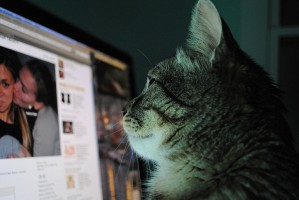 So what implications do social graphs have on the recruiting world?
So what implications do social graphs have on the recruiting world?
Well, by integrating a system of appraisal with a dedicated social element, professional connections can be made with greater expedience and with a higher degree of specialisation. Endorsements (of anything from products to potential clients) can be regarded as ‘more genuine’ when the person making the claim can be traced back to an extensive ‘lived’ profile as opposed to a faceless cypher. The latter is often the case on sites such as Yahoo Answers, Trip Advisor or Amazon where ‘trolls’ – users who deliberately denigrate a product or service – and ‘shills’ – accounts set by a company to covertly endorse their own product or service – are rife.
Google + was an effort on the part of Google to embed a social element into what was and is the most popular and vast search engine available. The network now claims over 500 million users who have the ability to synchronise their social data with the already burgeoning suite of Google products including: Google Places, Google Maps, Google Webmaster Tools and of course Google Search. The claim made by detractors is that most of these users were signed up by default through their Gmail and YouTube accounts. However, it is largely acknowledged that Google + is a product which will only go from strength to strength in terms of reach and ability to connect users – especially on a professional level.
The strengths of Facebook’s Graph Search lie in the dedication of its users to document with accuracy and accountability their ‘likes.’ As a means of finding restaurant recommendations, exotic places to visit or social gatherings this technology poses a serious threat to Google Search. Questions with vague parameters such as “Who is Mary’s friend who likes Indian food and where does she eat most?” can be answered easily by this function. Endorsements on Facebook are as easy as clicking the ‘like’ button. But this is also where Graph Search’s weakness lies – it remains to be seen just how forthcoming Facebook users will be when it comes to more detailed appraisals than just “I like.” Also at the forefront of discussion is the issue of privacy – and not just the details of our profiles which we strictly don’t want to be made public. There are also aspects of our profile which we are willing to share publicly but maybe not necessarily in the context of a search engine inquiry.
Business author Don Peppers has hinted at the value of social filtering for websites favoured by the recruitment industry such as LinkedIn. It is not a wild assumption that the user base of LinkedIn would probably be more motivated – toward evaluating the companies they work for or giving concise but insightful appraisal of a headhunting firm they have dealt with – than the average Facebook user for whom social networking is an activity conducted largely in their down time. These evaluations would be searchable through the user’s own LinkedIn graph making it incredibly easy to explore the possibility of future professional connection with greater depth and expedience. It is fair to say, at any rate, that social filtering represents one of the most exciting developments in consumer technology to come along in some time.
Conor Hughes is a marketing executive at Vertical Markets which incorporates Life Science Recruitment and Capital Markets Executive Search.

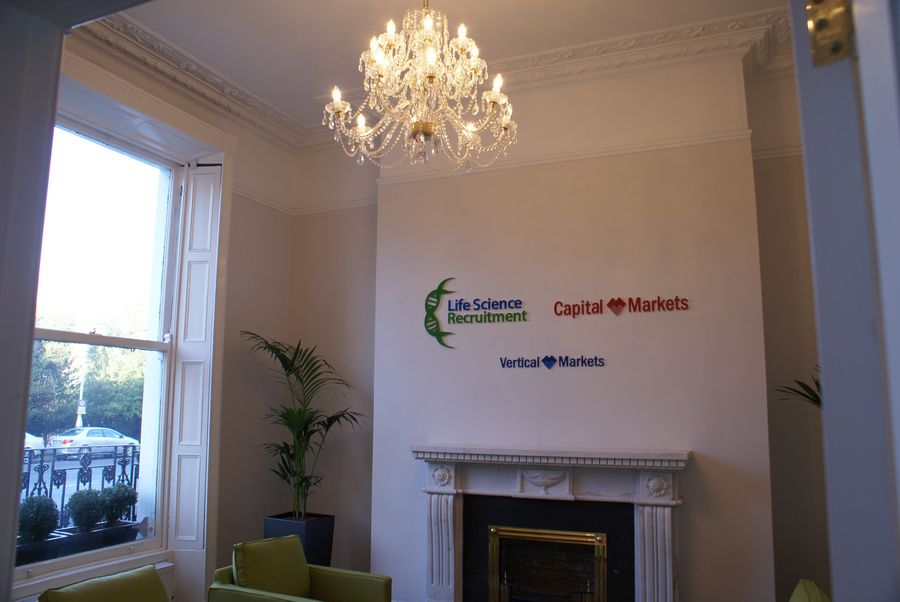
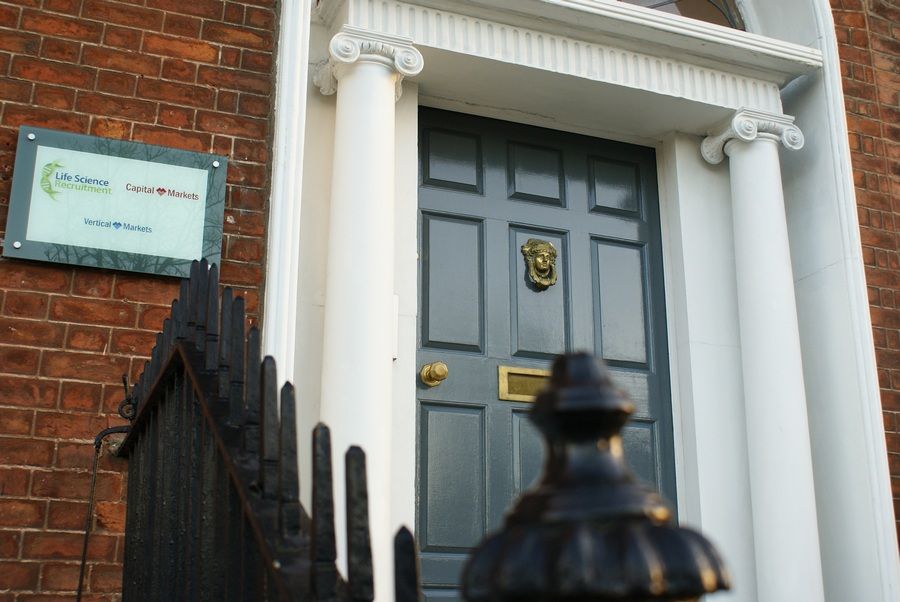
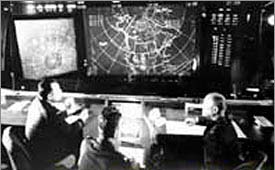 In brief, the North American Aerospace Defense Command (NORAD) is a United States and Canada bi-national organization charged with the missions of aerospace warning and aerospace control for North America.
In brief, the North American Aerospace Defense Command (NORAD) is a United States and Canada bi-national organization charged with the missions of aerospace warning and aerospace control for North America.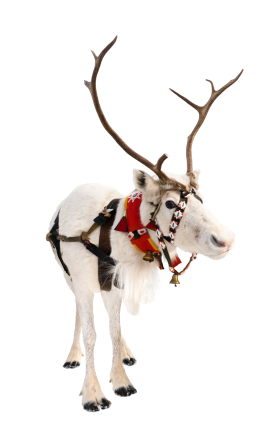 Most people think that Santa Claus only works one day a year but everyone in-the-know in the Science and Technology industries is aware that Old Saint Nick spends quite a lot of the year in his research lab making sure that every year things work better and better. When you think of what a big operation Christmas night is you realise how much preparation he has do: Everything from preparing the sleigh for the enormous flight stresses that it will be under from the incredible speeds & acceleration, to ensuring his workshop uses the latest technology and quality control standards, right down to job recruiting new Elves and helpers to deal with increased global demands. All this has to be taken into account and this is where science plays a big part.
Most people think that Santa Claus only works one day a year but everyone in-the-know in the Science and Technology industries is aware that Old Saint Nick spends quite a lot of the year in his research lab making sure that every year things work better and better. When you think of what a big operation Christmas night is you realise how much preparation he has do: Everything from preparing the sleigh for the enormous flight stresses that it will be under from the incredible speeds & acceleration, to ensuring his workshop uses the latest technology and quality control standards, right down to job recruiting new Elves and helpers to deal with increased global demands. All this has to be taken into account and this is where science plays a big part.
 So, you are on the look-out for a new job and you have put in all the ground work – checked the wanted columns, prepared and polished your CV, done up your cover letter and submitted yourself for consideration. Now you cross your fingers and eagerly await a call in hope that you get the opportunity to present yourself in a job interview… but are you ready for when that call comes in?
So, you are on the look-out for a new job and you have put in all the ground work – checked the wanted columns, prepared and polished your CV, done up your cover letter and submitted yourself for consideration. Now you cross your fingers and eagerly await a call in hope that you get the opportunity to present yourself in a job interview… but are you ready for when that call comes in? One of the most exacting and tiring things any one of us ever has to do is “Job Hunting” which is somewhat ironic considering how many sleepless nights can be caused by job seeking.
One of the most exacting and tiring things any one of us ever has to do is “Job Hunting” which is somewhat ironic considering how many sleepless nights can be caused by job seeking.
 Welcome to the NEW LOOK Life Science Blog…
Welcome to the NEW LOOK Life Science Blog…